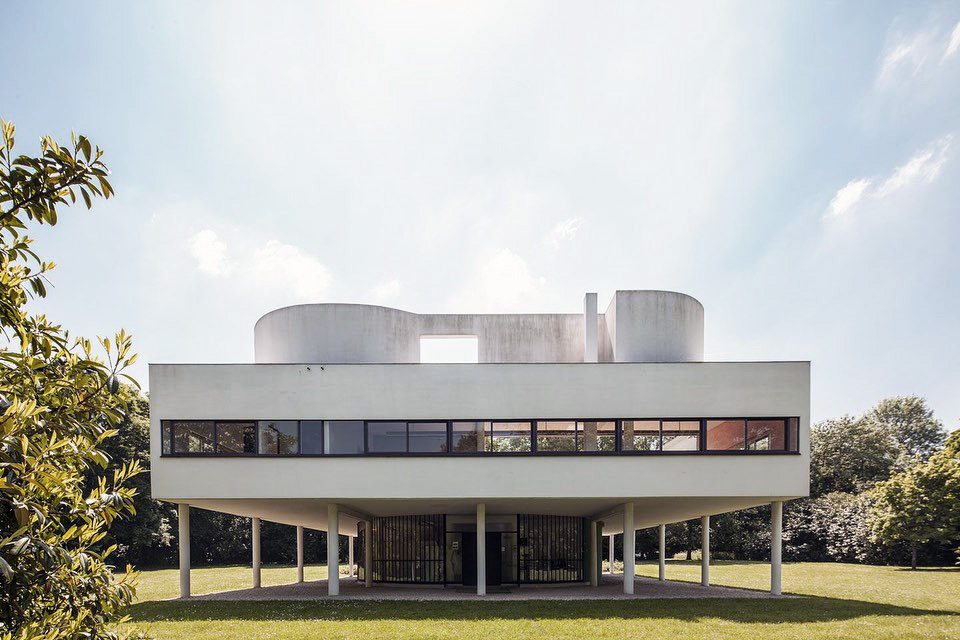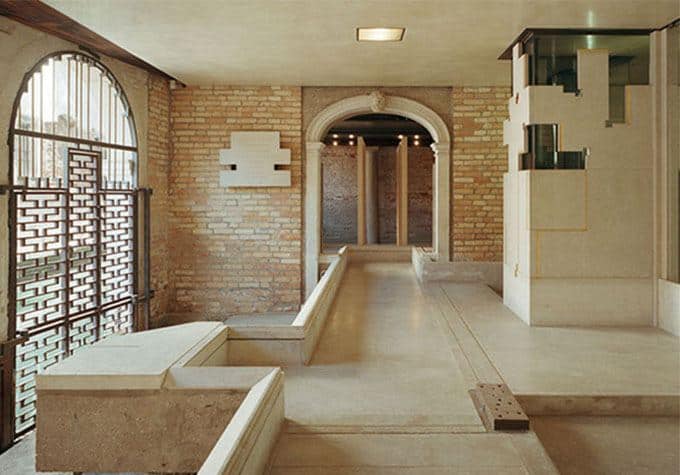Architecture between the spectrum of theory and non-theory
- KHAN MAGAZINE
- Apr 5
- 4 min read
Mustafa Nawzad Kako
Architectural Engineering Student
In both the past and present, the implementation of architecture has encompassed two perspectives: architecture with theory and architecture without theory. How have the iconic ancient structures, filled with emotions and grandeur from the Roman and Ottoman eras…. Etc , changed compared to contemporary architecture?Have architects always relied on theoretical frameworks, or has non-theoretical practice been more prevalent in the field of architecture?Is architectural theory the sole basis for design, or can design still be effectively executed without it?
The first concept of theorizing architecture began in 1458 CE with Leon Battista Alberti (1404-1472 CE).Before the said architecture, there haven’t been any written evidence of any documented architectural theory.The root of understanding in the idea of theorizing architecture is quite rigid, often implying: "It has to be designed this way because it’s the correct way." This means that the theorist is attempting to create what they believe to be a true and honest architecture.The theorist, through observation, reasoning, and analysis, attempts to establish a set of principles or writings that are presented as prestigious architecture to architects and project owners. They assert that true architecture is defined by what they have documented.It is worth mentioning that the theory of architecture must have been documented in writing, assuming some architects before Alberti may have developed their own theories, since those unwritten ideas do not fit within the formal framework of architectural theory.One of the most notable examples from the last century is Le Corbusier’s Villa Savoye project (1887-1965 CE), which was designed based on architectural theory. It is worth mentioning that its foundation is rooted in Le Corbusier’s five basic principles outlined in his book "Towards a New Architecture" (Vers une architecture):
pilotis, flat roof terrace, free floor plan, long windows, and open facade.Le Corbusier had the ability to analyze problems and find logical solutions to common issues.He wanted houses to move away from weight-bearing walls, which prevent natural light from entering the living space. Instead, he opted for load-bearing pilotis, allowing more natural light to penetrate the interior.They also provide us with the freedom of floor plan, allowing us to make changes to our layout anytime, anywhere.By relying on pilotis, we can elevate our buildings from the ground, creating a space underneath for gardens, walkways, and parking areas, effectively separating the structure from direct contact with nature.Another aspect that is consider, is how to maximize the use of the top floor of our building?Why should our top floors remain closed off?Why should our top floors serve only as a place for dust to accumulate, rather than benefiting the owner?Why not transform it into a space for relaxation?And that is why Le Corbusier emphasized an open flat roof and provides spaces for relaxation and leisure.
Here, the architectural engineer, much like a psychiatrist, addresses the psychological needs of individuals within the home, attending to their emotional well-being.Also includes long windows spanning the length of the facade, as shown in Figure 1, to maximize natural lighting. This demonstrates how the architect uses reasoning and logic to guide the design process.Other than Le Corbusier, there are other architects, for example, Bruno Zevi in the book Storia dell'architettura moderna or Sigfried Giedion in the book Space and Time in Architecture, and many more, who thought about architecture in a theoretical way. Even though they wrote history of architecture books, their books, like a theory of architecture, advise the world of architecture: it has to be designed this way because it is the correct way.Non-theoretical architecture is the opposite of the previous stage, as architects in this stage do not depend on analyzing and theorizing (with writing). Instead, what is important for them is executing the project based on the idea and opinion that the architect holds.The root idea of understanding this topic is: "I design it this way," meaning that the architect possesses a unique architectural identity and is prepared to face any kind of critique. This means that non-theory architects, unlike their theory counterparts, do not rely on written documents or adhere strictly to established laws and principles. One of the most notable examples is Carlo Scarpa (1906-1978 CE), particularly his Castelvecchio Museum project.
figure2
If we could ask, “how did he design this project?” There is a simple answer to that: Carlo Scarpa found this design to be acceptable, and nothing else. Can Carlo Scarpa explain why he designed it this way?No, rest assured you will receive no explanation, as Scarpa would simply begin designing, laying the groundwork to achieve a specific result. His sketches evolved as his pencil traced the lines of these walls, without relying on any theory. For him, the primary goal was always to create a more attractive and better outcome, which is why his buildings stand out like statues.Another example of Carlo Scarpa's projects, is the (Fondazione Querini Stampalia), known for its intricate design that often sparks questions from tourists.For instance, why was a pattern applied to the exterior of the elevator (Figure 2)?
Or why is the wall beside the entrance door angled at 45 degrees?Or why did he incorporate a vestibule in front of the entrance?There is no straight forward answer Carlo could give: "I did this because of that reason ."Carlo Scarpa considered even the smallest details in his projects, such as designing water stream channels to flow from one part of the site to another.There are many other examples, like the architectural works of Peter Eisenman in the Vermont House project.Peter Eisenman utilized cubic sketches to gradually develop the structural divisions and interior spaces of the Vermont House project. Through numerous iterations of these cubic forms, he ultimately achieved detailed clarity, establishing a solid foundation for the project's execution.Just as in Figure 3,
figure3
Eric Mendelssohn's approach in projects like the Einstein Tower began with initial sketches and evolved through iterative design processes before culminating in the realization of the project in Figure 4.











Comments